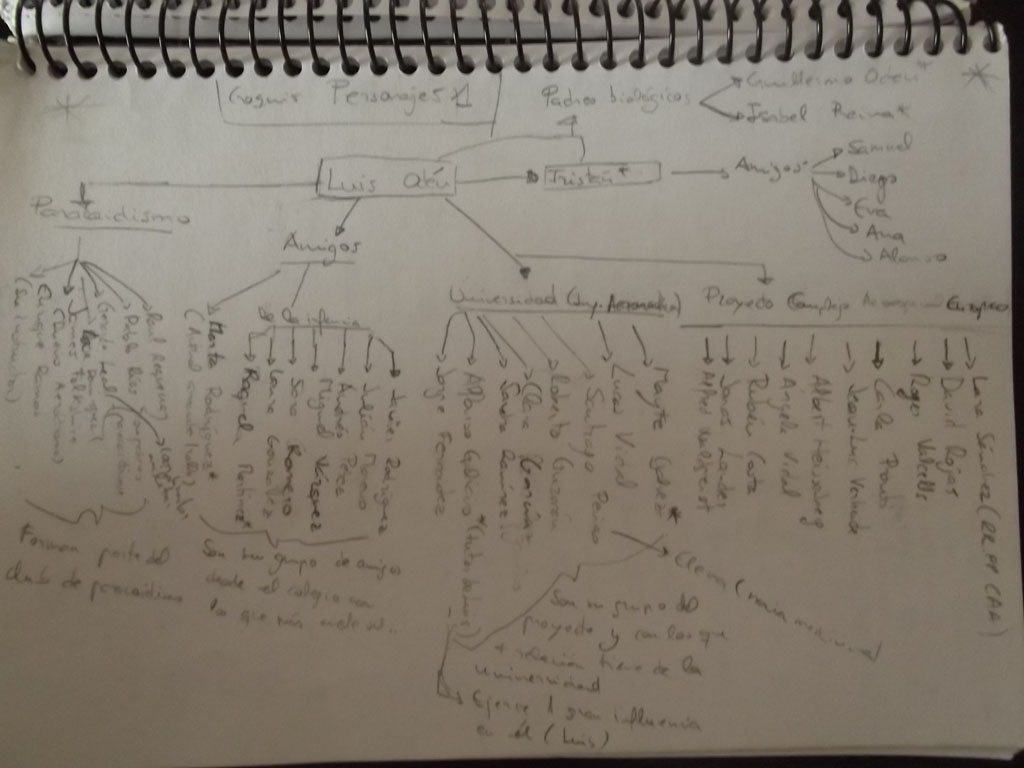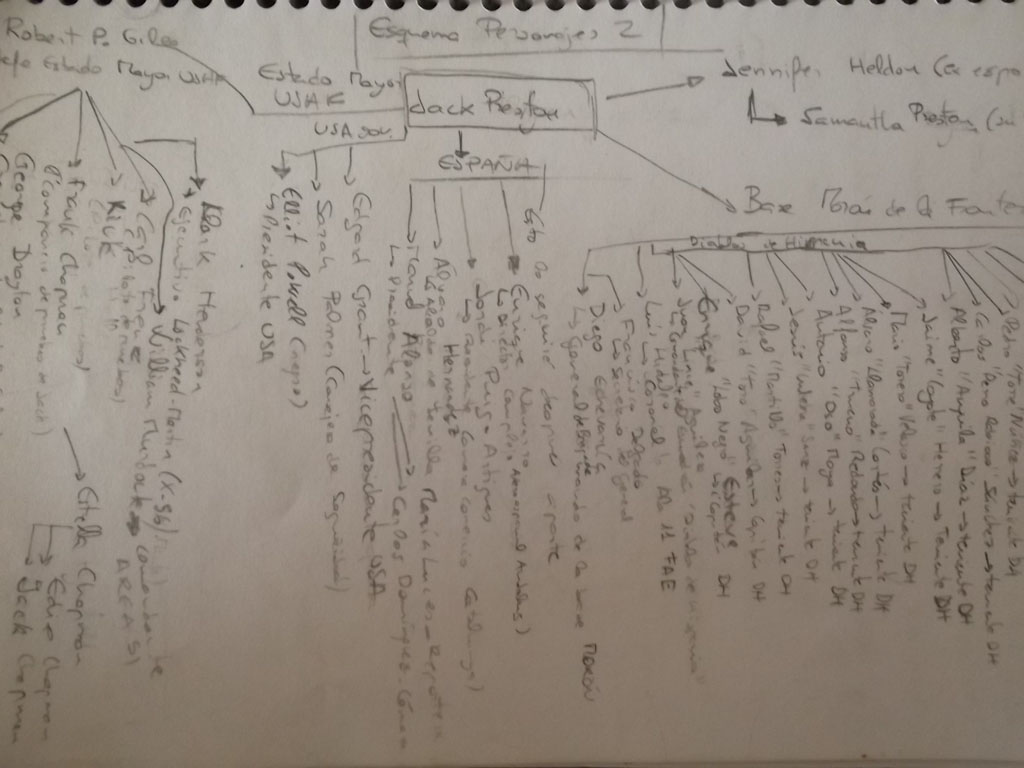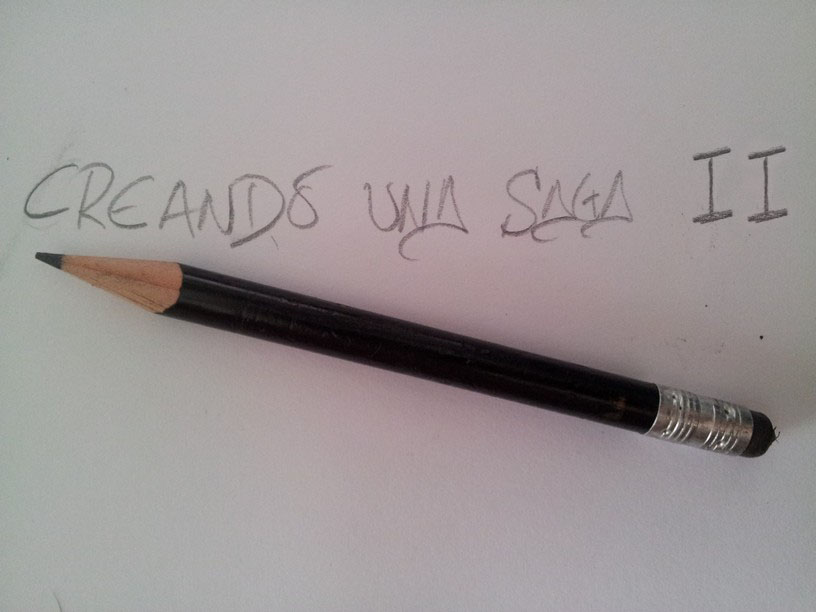We resume the Creating a Saga subseries with a new installment with which I hope to share with you more keys and details of the process of elaboration and creation of the universe and saga of ‘The Mark of Odin. In this second chapter I am going to focus on the key actors that make up the entire story, the characters.
Yes, in the previous article I told you about how the idea came about, about the vision of a scene and how that made me start researching and thinking about how to shape it. It soon became relevant to me that the story had to be driven by its characters. This in a saga of these characteristics in which, more than a story focused on a single main character, we find ourselves before a choral work in which there are characters more important than others, but in which they all have their relevance and there are many protagonists .
Even so, we have these main characters, in the case of the first book we could focus on Jack Preston and Luis. Each of them has a core role on which all the others revolve around them. If you notice, it is from them that the rest of the characters are introduced and it is with their interactions that the story is shaped.
What is the main challenge when facing a choral story of this type? Well, since there are so many characters it is very easy to get lost, myself the first. That is why when it came to shaping them before introducing them into the drafts, I focused on thickening them into outlines and character sheets. Here I return again to the need to create the entire universe first, all the main, secondary, tertiary characters, others who do not even appear in the story to have a global order. A map with which I can guide myself and never get lost.
The first thing I did was make specialized character outlines according to the central character. On the one hand Luis, on the other Jack Preston, on the other… (Well, this is still too early to comment). When I made these outlines I was still not entirely clear if they would all appear in the story of the final draft, but for my mental order it was necessary to be clear that they existed.

The next thing was to make individual files for each one. In them he wrote down an approximate physical description as well as summarizing who they are and what their motivations were. This way I was able to create a file that I could access at any time to clarify my own doubts or when I got lost in the story. When you create so many characters, believe me, it is easy to get disoriented and confuse names or characters. Keep in mind that just for the beginning of the saga I had more than 150 different characters. Furthermore, as time goes by, ideas evolve or even change, not to mention the names of the characters. For example, Eva during the early years was called Mayte and Derek was initially called Frank. Without a character file when making name changes it would have been very easy for a name to slip into the final draft that didn’t have to be there.
Evidently, he was well aware that readers could get lost with so many names and characters. That is why I decided to include a glossary of characters in order of appearance at the end of the book. Additionally, the relevant main and secondary characters have/will have their own expanded descriptions and extended stories in the Odinpedia to complement the information that appears in the books. This way I make sure that no one misses any details, as well as further enriching the literary experience.
On the other hand, when it comes to giving life to a character, there are many details that I pay attention to. From my own experiences, those of people I know, to relevant personalities who have influenced me or caught my attention, etc. Many of the characters in the saga are authentic Legos created from all these influences. Some are even partly tributes to people I have known or characters who marked me. While in the first book it is not possible for me to go as deep as I would have liked with many of them, you will discover that in the second book, an important part of it will lead us to get to know them in a way that you do not expect.

Finally, I have to admit that when it comes to the treatment of characters I have had a great influence on George R.R. Martin. Both for the novels of A Song of Ice and Fire and for ‘Death of Light’, possibly his first book in which he already gave a glimpse of his peculiar style. In this sense I have to say that I agree with your way of understanding that the characters, without exception, must be the ones that enrich the plot, both when living and dying.
No epic story could be defined as such if its characters did not run a real risk and the author was not consistent with it. Be careful, with this I don’t mean that you have to kill a character just for the sake of it. But the death of a character can give a very deep point to the plot as long as this death has a meaning and is not gratuitous. Although sometimes, to find the meaning, the reader is forced to go deeper and analyze the facts in more detail. At the end of the day, the events narrated in the saga of ‘The Mark of Odin’ are full of drama, action and, especially, as you will see as you read it, a desperate epic struggle to ensure the survival of humanity. . And as is evident, each and every one of the characters in the saga will be a living reflection of this.

